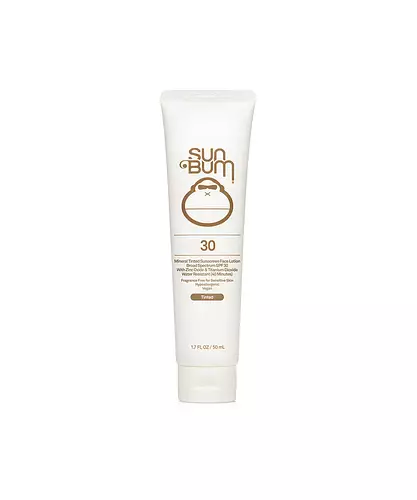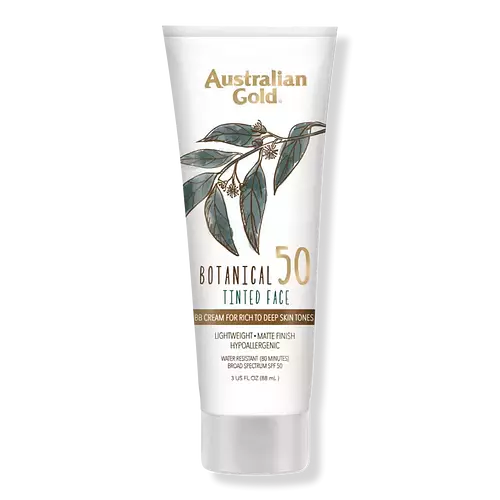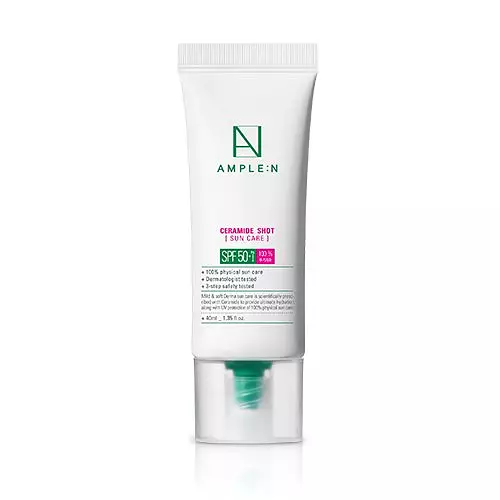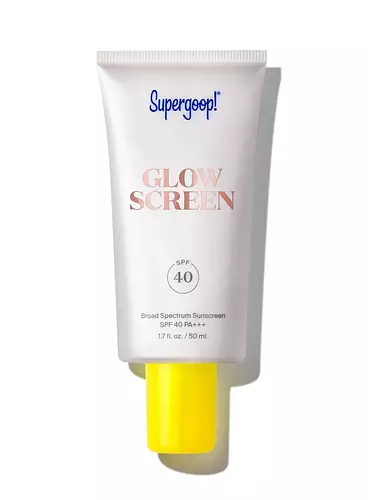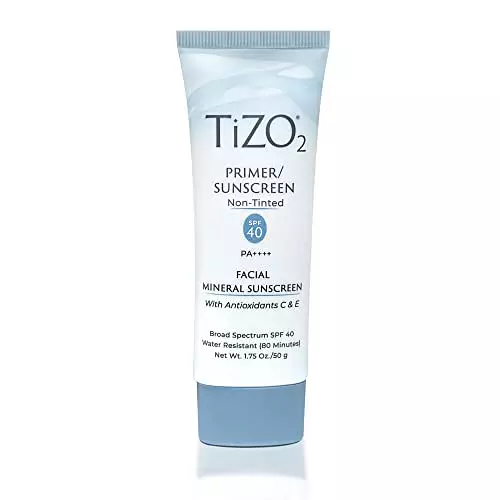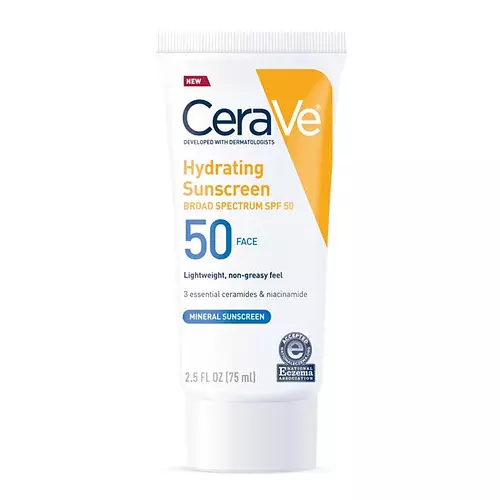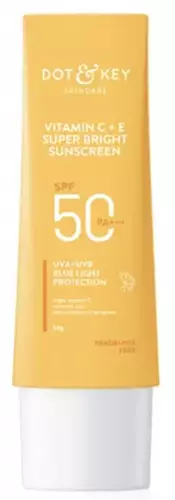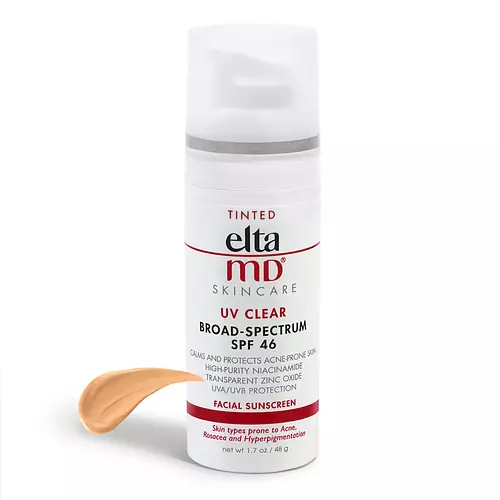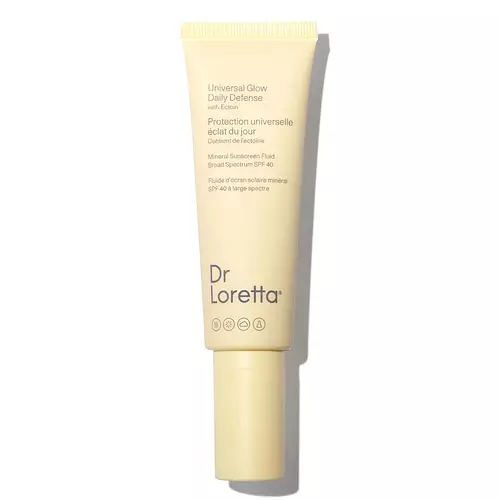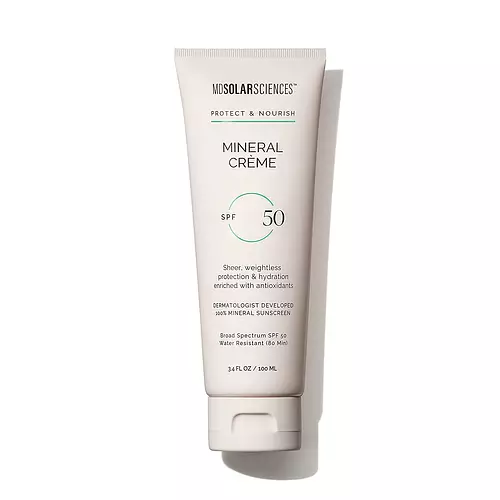Sun Bum Mineral SPF 30 Tinted Sunscreen Face Lotion Versus Australian Gold Botanical SPF 50 Tinted Face - Rich to Deep
Updated on December 05, 2023
Overview
What they are
These products are both cruelty-free sunscreens. They have a total of 5 ingredients in common
Cool Features
They both contain exfoliants, SPF and Vitamin E
Suited For
They're both likely to be good for fighting acne, dry skin and brightening skin
Free From
They both do not contain any harsh alcohols, common allergens, oils, parabens or sulfates
What's Inside
They both contain silicones
We independently verify ingredients, and our claims are backed by peer-reviewed research. Spot a product that needs an update? Let us know.
Ingredient Info
Sun Bum Mineral SPF 30 Tinted Sunscreen Face Lotion 21 ingredients
Australian Gold Botanical SPF 50 Tinted Face 27 ingredients
At a glance
Click on any of the items below to learn more
Sun Bum Mineral SPF 30 Tinted Sunscreen Face Lotion 21 ingredients
Australian Gold Botanical SPF 50 Tinted Face 27 ingredients
Notable Ingredients
This product contains 2 ingredients that may have this attribute:
This product contains 1 ingredient that may have this attribute:
This product contains 1 ingredient that may have this attribute:
Benefits
This product contains 1 ingredient that may have this attribute:
This product contains 1 ingredient that may have this attribute:
This product contains 1 ingredient that may have this attribute:
This product contains 1 ingredient that may have this attribute:
This product contains 1 ingredient that may have this attribute:
Concerns
This product contains 2 ingredients that may have this attribute:
This product contains 1 ingredient that may have this attribute:
This product contains 1 ingredient that may have this attribute:
This product contains 1 ingredient that may have this attribute:
Notable Ingredients
This product contains 2 ingredients that may have this attribute:
This product contains 1 ingredient that may have this attribute:
Benefits
This product contains 3 ingredients that may have this attribute:
This product contains 1 ingredient that may have this attribute:
This product contains 1 ingredient that may have this attribute:
This product contains 2 ingredients that may have this attribute:
Concerns
This product contains 2 ingredients that may have this attribute:
This product contains 1 ingredient that may have this attribute:
This product contains 1 ingredient that may have this attribute:
Ingredients Side-by-side
Ingredients Explained
These ingredients are found in both products.
Ingredients higher up in an ingredient list are typically present in a larger amount.
Titanium dioxide is known for its UVA and UVB protection properties. It is non-comedogenic and non-irritating. Titanium Dioxide is a physical sunscreen. Physical sunscreens reflect light and prevent it from reaching your skin.
Protecting your skin against UV radiation can prevent the signs of aging. Sun damage is associated with fine-lines, wrinkles, loss of firmness, and hyperpigmentation. Titanium dioxide can help prevent premature aging.
With modern production, nano-scale or fine-grade titanium dioxide can be easily produced for cosmetics. In sunscreen, titanium dioxide absorbs UV light. Our skin is not able to absorb Titanium dioxide, even nanoparticles.
Titanium itself is the 9th most common element in the Earth's crust. Titanium dioxide is formed when oxygen is introduced and can be found in ores, dust, sand, and soil.
Pure titanium dioxide is a white powder that is used in many products to add or change color.
Learn more about Titanium DioxideZinc Oxide is a mineral broad-spectrum UV filter; it is the broadest UVA and UVB reflector approved by the FDA. While it is most commonly man-made for cosmetics, it can naturally occur in zincite, a rare mineral.
Today, traditional and nano-sized zinc oxide can be found in beauty products. Nano-sized zinc oxide can enhance a product's UV protection. While it is not believed to have a negative effect on skin, nano-zinc oxide can be harmful to coral reefs.
More about harmful reef ingredients here.
Zinc Oxide also has antibacterial and calming properties. It is not water soluble.
Zinc has been used throughout history as an ingredient in paint and medicine. An Indian text from 500BC is believed to list zinc oxide as a salve for open wound. The Ancient Greek physician Dioscorides has also mentioned the use of zinc as an ointment in 1AD.
Learn more about Zinc OxideCyclopentasiloxane is a silicone used to improve texture and trap moisture. An easier name for this is D5.
D5 is considered lightweight and volatile. Volatile means it evaporates quickly after application. Once evaporated, D5 leaves a thin barrier that helps keep skin hydrated.
D5 is an emollient. Emollients help soften the skin and prevent water loss. Silicones create a silky texture in products. D5 helps other ingredients become more spreadable.
Studies show D5 is safe to use in skincare products. We recommend speaking with a skincare professional if you have concerns.
Learn more about CyclopentasiloxaneDimethicone Crosspolymer is a silicone created by modifying dimethicone with hydrocarbon side chains. Due to its large size, it does not penetrate skin. It is considered non-occlusive.
Dimethicone Crosspolymer is used to stabilize and thicken products. It also helps give products a silky feel.
Ci 77492 is also hydrated iron III oxide. It's sole purpose is to give a yellow hue to products.
Iron III oxides are classified as inorganic chemicals for coloring.
Synthetically created Ci 77492 is considered safer than those naturally found. This is because the synthetically created version may contain less impurities. Iron oxides are generally non-toxic and non-allergenic.
Learn more about CI 77492Ingredient Ratings
Here's what our community thinks of the ingredients in these products.
When to use
Sun Bum Mineral SPF 30 Tinted Sunscreen Face Lotion 21 ingredients
Australian Gold Botanical SPF 50 Tinted Face 27 ingredients

Reviews
Here's what our community thinks
Australian Gold Botanical SPF 50 Tinted Face 27 ingredients
Lakooo
Good choice of colors, but dried out my skin
First, the good: Unlike brands that offer only one "universal" tint that isn't actually a universal...
Good choice of colors, but dried out my skin
First, the good: Unlike brands that offer only one "universal" tint that isn't actually a universal match, there a three shades, so you can get a good colour match for your skin. Also, it has a genuinely matte finish and won't make you look like a glazed donut all day.
Now, the bad: The cost of that matte finish is that it's drying, and it made my skin look even more dry than it actually was. My neck looked like an 80-year-old's. Re-applying throughout the day made the situation even worse, but switching to a spray SPF didn't make it any better. And re-applying with a sheer SPF made me look streaky.
In summary: Not a fan.
MichelleR
For $13, it has its uses...
It has its pros and cons. Its thick and the matte finish can sometimes appear chalky. It layers well under powder...
For $13, it has its uses...
It has its pros and cons. Its thick and the matte finish can sometimes appear chalky. It layers well under powder foundation. For $13, I think it's worth it for particular scenarios.
(1) I use it on a weekend after slugging all day and I fiinnnallyy decide to go outside.
(2) I wear it under my makeup when I am working from home and need to get on zoom calls. I don't use this to reapply throughout the day. I use sun sticks instead.
Essentially, I think this is a great sunscreen when the event of the day isn't too high stakes. It is a mineral sunscreen that gets the job done.
